Smart Home
The latest Smart Home breaking news, comment, reviews and features from the experts at T3
-

Starting a smart home? I'm an expert and here are 3 budget brands you should know about
Get your smart home going without spending a fortune
By Lizzie Wilmot Published
-

This TCL smart lock lets you unlock your door like Iron Man – yes, really!
TCL debuts new smart lock and cameras at IFA 2025
By Bethan Morgan Published
-

5 things I've learnt about Matter after testing smart home gadgets for years
Not everyone actually knows what Matter is
By Lizzie Wilmot Published
-

TP-Link Tapo C660 security camera review: solar-powered 4K with 360-degree coverage
A 4K outdoor camera with solar power, local storage, AI and motorised movement.
By Alistair Charlton Published
-

Smart heating, smaller bills: how to prep your smart home for chilly autumns
Having a warm house this autumn and winter doesn't have to cost the earth
By Max Slater-Robins Published
-
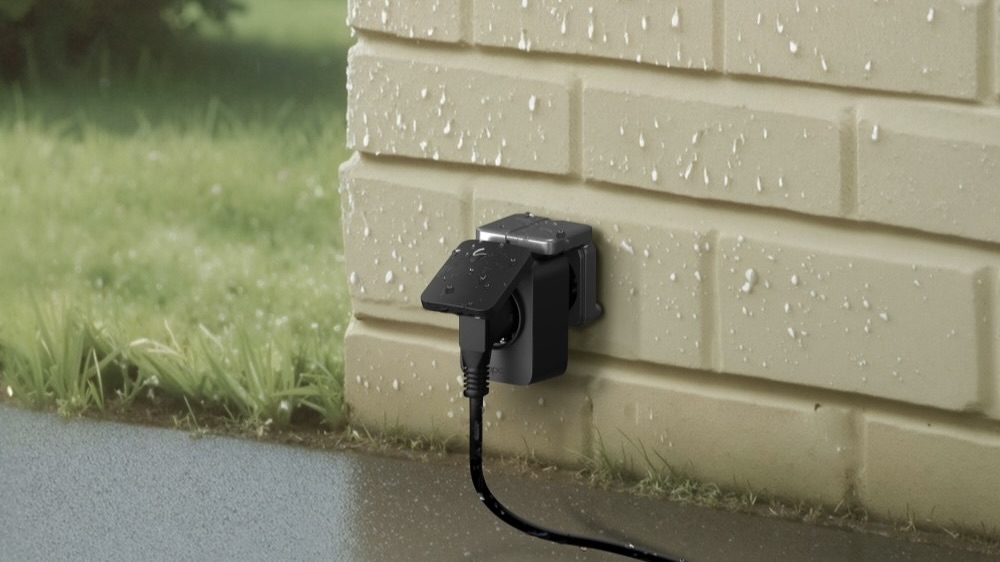
There's a new Tapo outdoor smart plug on the way – and it's Matter-compatible
It's packed with lots of useful features
By Lizzie Wilmot Published
-

The new Tapo security camera combines three of my all-time favourite features
This doesn't happen often
By Lizzie Wilmot Published
-

Philips Hue Play Wall Washer review: drench your boring walls with innovative light, but it’ll cost you
A smart yet expensive ambient light that does more than just look pretty
By Lee Bell Published
-

My favourite affordable smart home brand just dropped 7 new gadgets
Aqara has done it again
By Lizzie Wilmot Published
-

Philips Hue launches affordable smart home lineup aimed at beginners – here's everything we know
There are 6 products in total
By Lizzie Wilmot Published
-

Arlo’s most advanced warning system is here – and its detection features are next level
Arlo unveils its most advanced detection and notification system yet
By Bethan Morgan Published
-
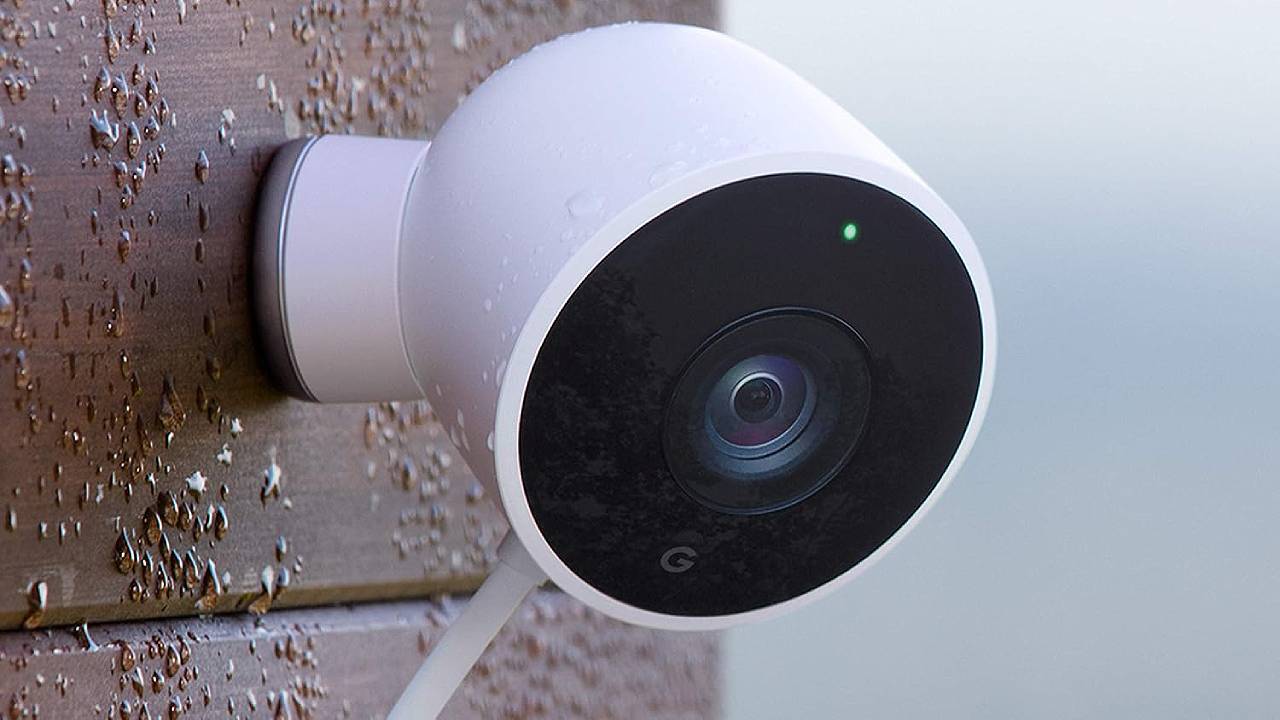
Google Nest leak shows its new camera and doorbell line-up already in stores
Google’s expected cameras and doorbells hit Home Depot
By Bethan Morgan Published
-

Aqara Smart Doorbell Camera G410 review: a top-quality video doorbell option
Stacks of features, broad compatibility, and rock solid video
By David Nield Published
-

Eufy just dropped the world’s first radar-powered smart lights – and installation is easier than you’d think
It's the brand's fourth launch this week
By Lizzie Wilmot Published
-

Reolink just raised the bar for AI security systems across the world
This is pretty impressive stuff
By Lizzie Wilmot Published
-
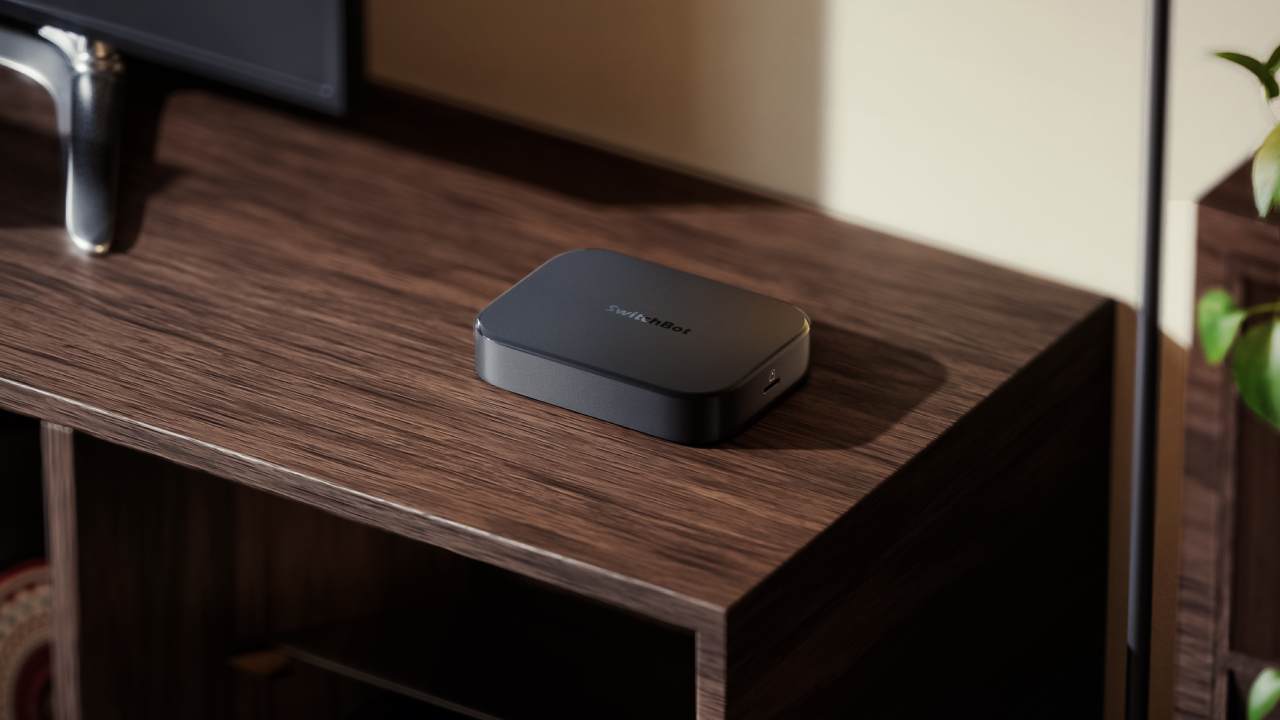
SwitchBot takes on the Echo Hub with its own AI smart home hub
SwitchBot announces a full new smart home line-up at IFA 2025
By Bethan Morgan Published
-

Sonos owners get dedicated Philips Hue upgrade all for themselves
Voice controlled lighting is a must, if you've got the hardware ready
By Luke Edwards Published
-

Govee goes all-in on entertainment lighting with exciting IFA reveal
There are six launches in total
By Lizzie Wilmot Published
-

Philips Hue adds 24 hours of free video footage with latest update – no subscription needed
It’s taken the opposite approach to most other smart security brands
By Lizzie Wilmot Published
-
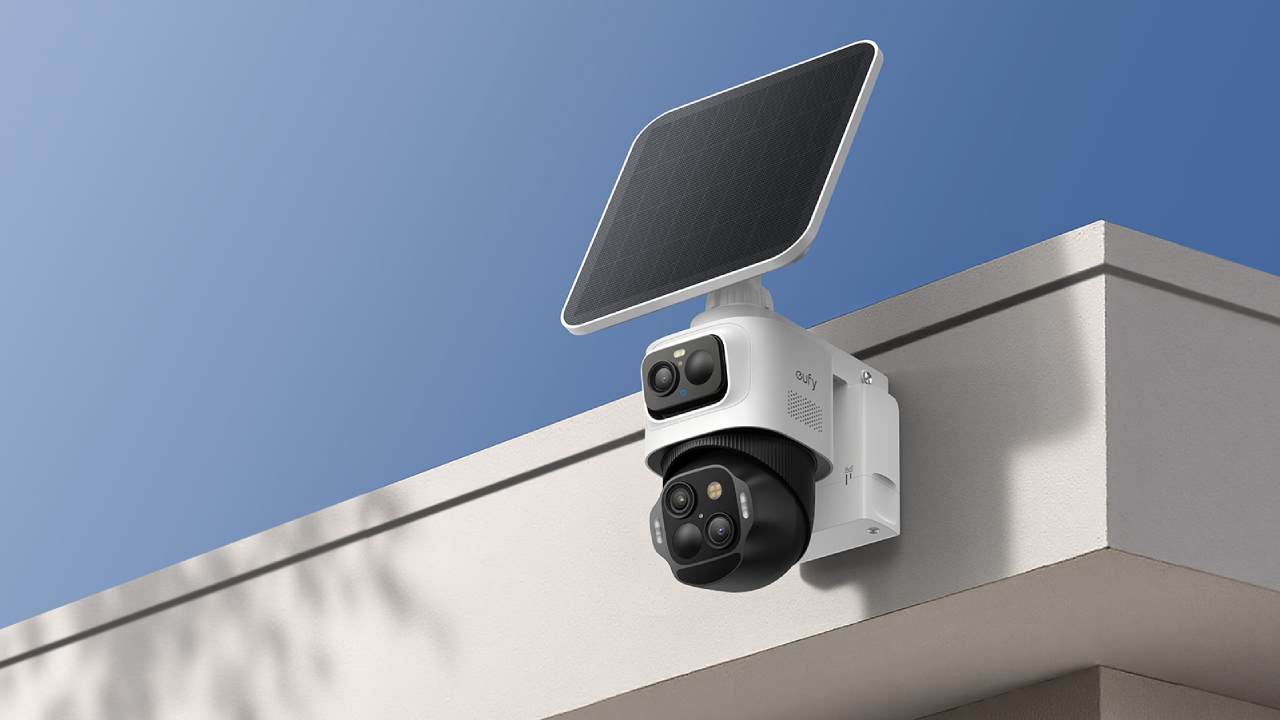
Eufy’s new bullet security camera is here – and it has its most advanced solar panel yet
The EufyCam S4 ticks all the right boxes
By Bethan Morgan Published
-
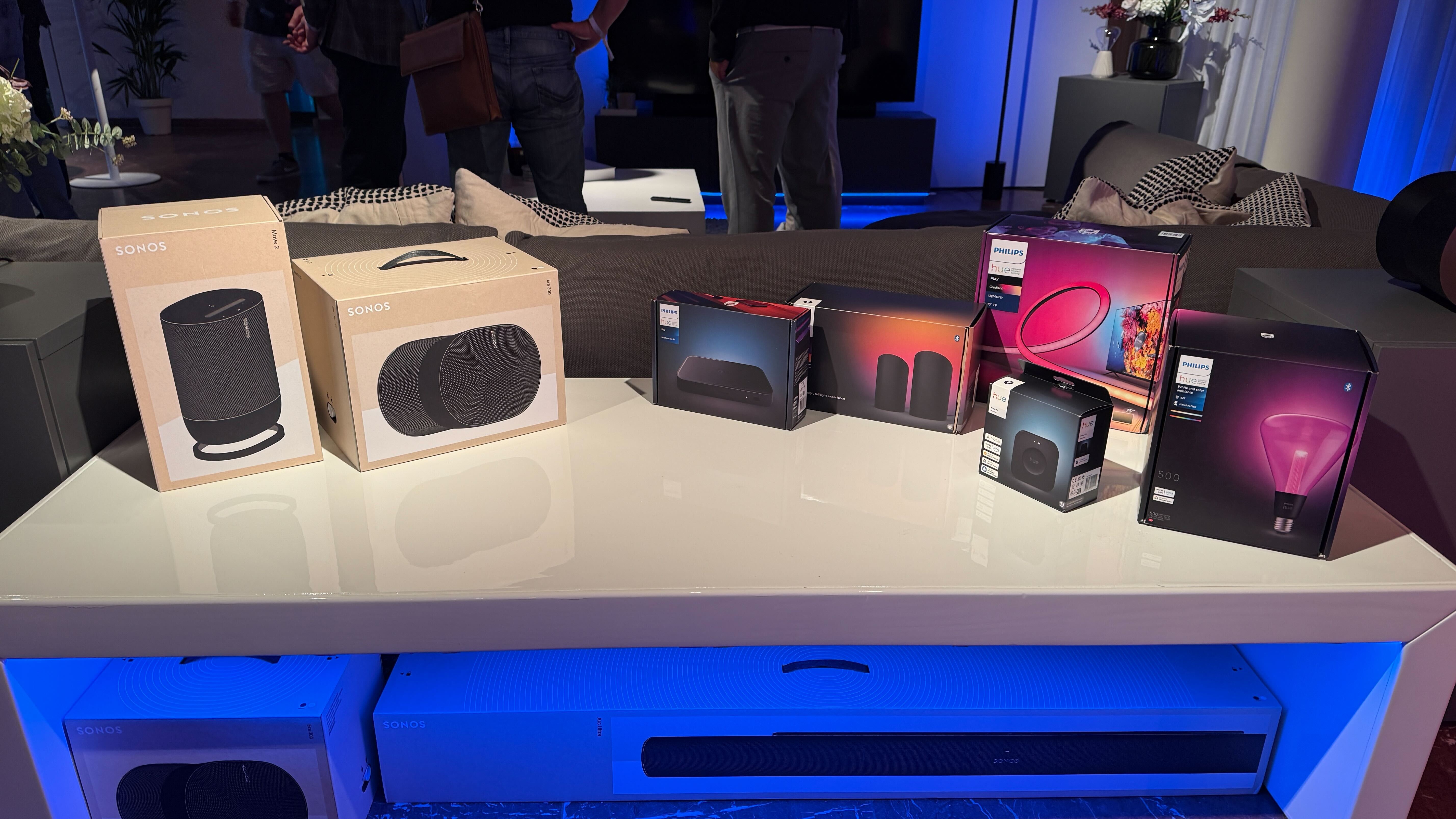
Philips Hue officially reveals its latest smart home lineup – here’s what’s coming
This was Philips Hue’s most ambitious product launch to date
By Lizzie Wilmot Published
-
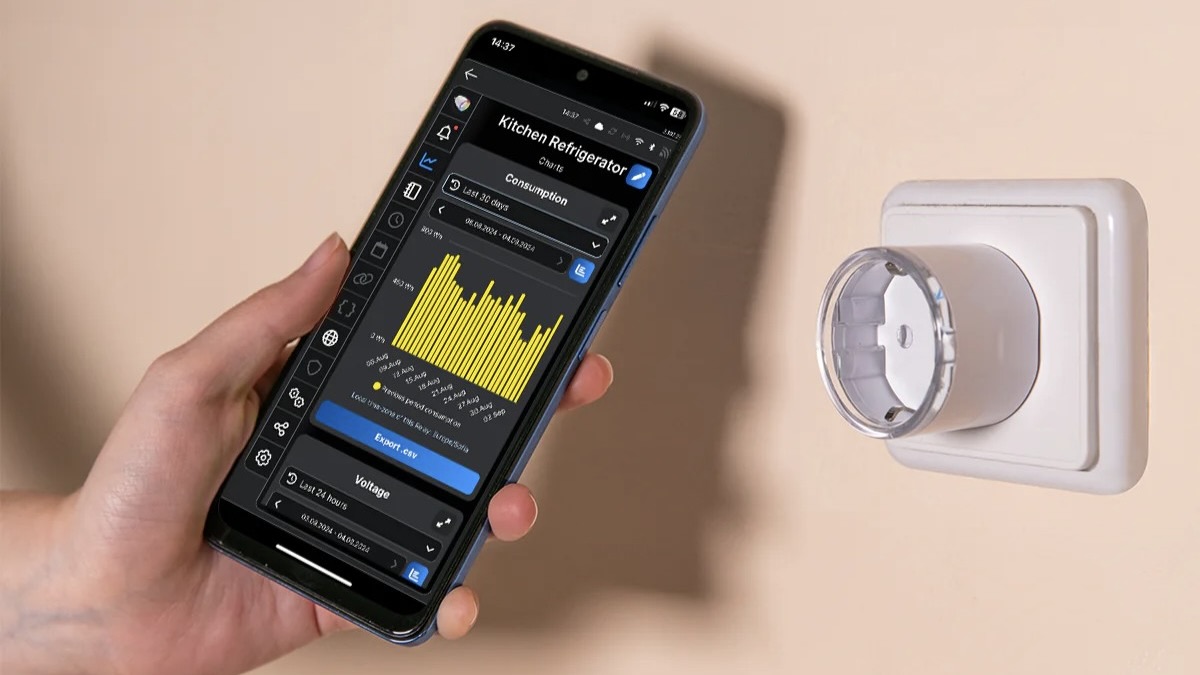
Forget IKEA – this budget smart home brand wants to cut your energy bills
It's arrived at the perfect time
By Lizzie Wilmot Published
-
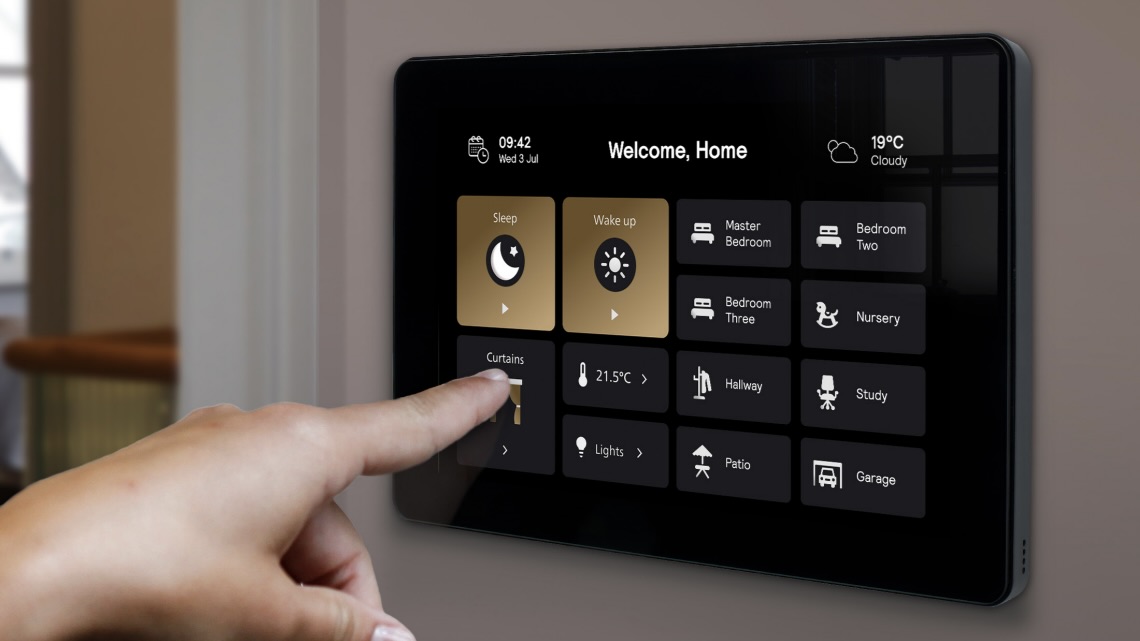
Philips debuts unexpected smart home hub with Matter support
It combines two of the brand’s products
By Lizzie Wilmot Published
-

Philips Hue could finally be getting more Matter support – here's why it's such a big deal
The last update was back in 2023
By Lizzie Wilmot Published
-
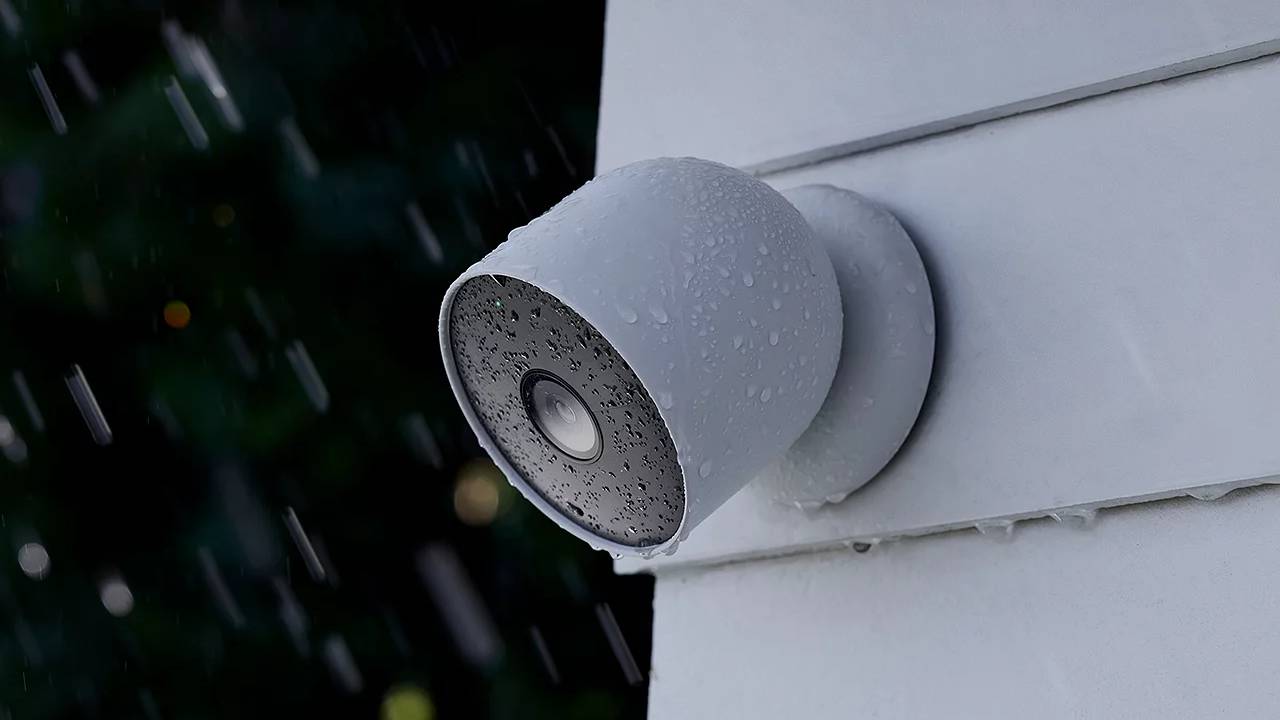
New Google Nest devices leak, including security cameras and a video doorbell
Are we getting new Nest cameras? Apparently so…
By Bethan Morgan Published
-

IKEA is about to launch 8 smart home gadgets – and they're all (finally) Matter-compatible
The wait is nearly over
By Lizzie Wilmot Published
-

I'm a smart home expert and this is the coolest security camera I've seen in a while
It's rumoured to launch at IFA next week
By Lizzie Wilmot Published
-

Watch out Nuki – Level’s new smart lock is near-invisible and comes with Matter
Is this the smallest smart lock you can buy?
By Bethan Morgan Published
-

Wyze debuts first-ever 4K security camera – with one feature rivals should copy
Say hello to the Cam Pan v4
By Lizzie Wilmot Published
